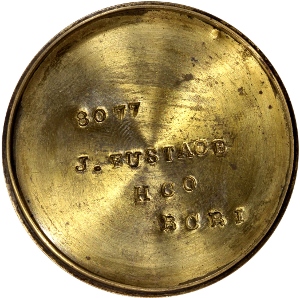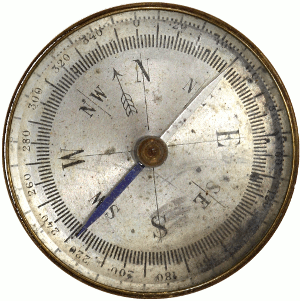Topic: Paardeberg
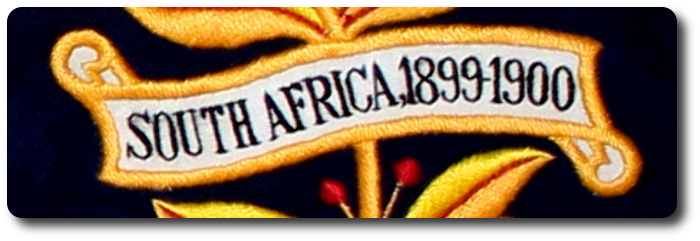
Canada’s Fighting Force
Contingent will be Headed by a Band on Landing in South Africa
Patriotic Offer of Q.O.C.H. Instruments Accepted—Yesterday a Busy Day in Militia Circles—Presentations on the Citadel—Other Notes of Interest
The Quebec Saturday Budget, 4 November 1899
Although this article isn't specifically about Paardeberg, it has been tagged as such to keep it with other First Canadian Contingent items.
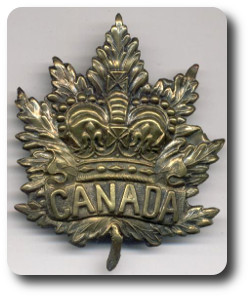 Yesterday, as on the previous Sunday, was a day of hard work for all departments of the military service, from early morn until late at night, and a vast amount was done in connection with the contingent. Stores continued to arrive all through the day which as soon as received was unpacked and distributed to their proper destination by the staff of the stores department., while on the other hand the men of the force were engaged arranging their equipments so that before nightfall nearly all had stowed away their necessaries, had fitted their Oliver equipment and were ready for to-day's parade previous to embarkation on the steamer. Several companies at the Immigration Buildings were inspected during the afternoon by their commanding officers, and everything found satisfactory. What clothing, if any, is not ready for the men for the time of departure will be put aboard the steamer and fitted there, but in this respect there is little left to be done, the local tailors having done a vast amount of work in this respect in the past week. The last detachment to reach the Immigration Buildings was that of some sixty men from Victoria, Vancouver and new Westminster, B.C. They arrived here early yesterday morning and were met at the C.P.R. Depot by the R.C.A. band. They are a lot of strapping fine fellows, many of them six footers and the majority artillerymen. They received a warm welcome from their comrades-in-arms on reaching their quarters. A large number of the excursionists who arrived in town yesterday occupied themselves visiting their soldier friends on the Citadel, as very few were allowed admission to the Immigration Buildings. Souvenir hunters were out in large numbers and many a lady and some gentlemen, too, have in their possession to-day buttons, shoulder-straps, etc., which the soldier boys hardly ever refused to hand, one or the other, over when so requested by some pretty maiden, and in consequence many of the uniforms are sadly depleted of these articles. At the Citadel all day streams of visitors passed in and out, and although the morning was anything but agreeable, the rain did not deter the people climbing the hill, to whisper a kind word to their friends who would soon be on their wat to South Africa. The Minister of Militia, Hon. Dr. Borden, accompanied by friends made a short visit to the Citadel and Immigration Buildings during the day and was well received. Up to last night the organization of the various companies was still incomplete and any attempt to give a list of the men with any accuracy would be lost time. In fact, there is no likelihood of the force being in thorough working order for several days after it sails, as the men are still being changed from one company to another. The force, it appears, is over strength and what was troubling the authorities yesterday was the question of who among the number would be obliged to remain at home, as one thing was certain, all who had been sworn in could not be taken. Some of the companies were much over strength, and one or two others weak, hence the necessity of changing about up to the last moment, consequently any attempt to give a list of the companies, as already stated, would be labor in vain and misleading.
Yesterday, as on the previous Sunday, was a day of hard work for all departments of the military service, from early morn until late at night, and a vast amount was done in connection with the contingent. Stores continued to arrive all through the day which as soon as received was unpacked and distributed to their proper destination by the staff of the stores department., while on the other hand the men of the force were engaged arranging their equipments so that before nightfall nearly all had stowed away their necessaries, had fitted their Oliver equipment and were ready for to-day's parade previous to embarkation on the steamer. Several companies at the Immigration Buildings were inspected during the afternoon by their commanding officers, and everything found satisfactory. What clothing, if any, is not ready for the men for the time of departure will be put aboard the steamer and fitted there, but in this respect there is little left to be done, the local tailors having done a vast amount of work in this respect in the past week. The last detachment to reach the Immigration Buildings was that of some sixty men from Victoria, Vancouver and new Westminster, B.C. They arrived here early yesterday morning and were met at the C.P.R. Depot by the R.C.A. band. They are a lot of strapping fine fellows, many of them six footers and the majority artillerymen. They received a warm welcome from their comrades-in-arms on reaching their quarters. A large number of the excursionists who arrived in town yesterday occupied themselves visiting their soldier friends on the Citadel, as very few were allowed admission to the Immigration Buildings. Souvenir hunters were out in large numbers and many a lady and some gentlemen, too, have in their possession to-day buttons, shoulder-straps, etc., which the soldier boys hardly ever refused to hand, one or the other, over when so requested by some pretty maiden, and in consequence many of the uniforms are sadly depleted of these articles. At the Citadel all day streams of visitors passed in and out, and although the morning was anything but agreeable, the rain did not deter the people climbing the hill, to whisper a kind word to their friends who would soon be on their wat to South Africa. The Minister of Militia, Hon. Dr. Borden, accompanied by friends made a short visit to the Citadel and Immigration Buildings during the day and was well received. Up to last night the organization of the various companies was still incomplete and any attempt to give a list of the men with any accuracy would be lost time. In fact, there is no likelihood of the force being in thorough working order for several days after it sails, as the men are still being changed from one company to another. The force, it appears, is over strength and what was troubling the authorities yesterday was the question of who among the number would be obliged to remain at home, as one thing was certain, all who had been sworn in could not be taken. Some of the companies were much over strength, and one or two others weak, hence the necessity of changing about up to the last moment, consequently any attempt to give a list of the companies, as already stated, would be labor in vain and misleading.
The officers Major Hethrington and Captain Turner, of the Q.O.C.H., to donate the instruments of their band to the contingent has been accepted by Colonel Otter, and the force will consequently not be without a musical corps on landing at Cape Town, as with a thousand men on a steamer there is no doubt that a first class band will be organized. Too much praise cannot be given the officers of the Hussars for the patriotic move they have made in supplying the corps with a full supply of first class instruments, and no doubt the monotony of the long voyage to the cape will be broken and and they will be led to the front by music, without which they would have cut a sorry figure.
Capt. McDonnell, R.C.R.I., and Capt. Ogilvy, R.C.A., have been named assistant adjutants of the contingent.
In the sergeants' mess room at the Citadel last evening a very pleasant incident took place when four popular non-commissioned officers of the mess, Sergt. Lafleur, R.C.A., Sergt. Davis and Sergt. Charleton, R.C.R.I., and Sergt Peppiat, "B" Field Battery, the three former going with the contingent as color sergeants and the latter as a full private, were presented with a bracelet watch each. Master Gunner Lavie made the presentation in a neat speech and the recipients were called upon in turn to respond, which they did in well chosen words, full of thanks and good wishes for the non-coms. Of the Citadel mess, whom they were leaving behind, and promising, if possible, to make a name for themselves in the battlefields of South Africa. Sergt.-Major Butcher, R.C.R.I., added a few words to those spoken by Master Gunner Lavie in making the presentations.
The gift of one hundred dozen bottles of beer donated by the Messrs. Boswell for the use of the men at the smoking and promenade concert at the drill hall on Saturday evening was much appreciated and did full justice to by the soldier boys.
The French songs were received with more warmth, if anything, than the English ones, whioch must be taken as a compliment to our French speaking fellow citizens, who form the vast majority of the population. The boys of the contingent insisted on encores and got several.
It is not expected that the companies of the contingent will be fully organized for several days, but there will be ample time to perform that work after the steamer sails.
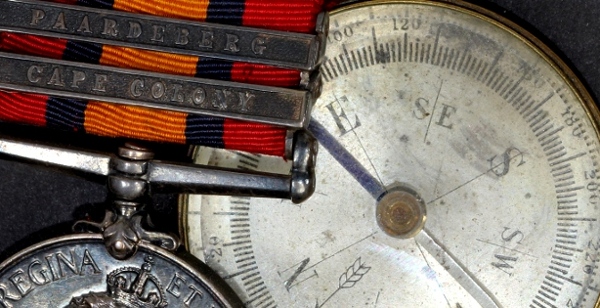
Two excursions reached town from Ottawa yesterday morning, another from Sherbrooke and one from Montreal. The strangers occupied themselves yesterday in visiting the Citadel and immigration buildings and in many cases bidding good-by to relatives and friends who are enrolled in the South African force.
The show the desire that some men have, it is related that ex-Sergt. Kruger, of "A" Field Battery, Kingston, who has only lately returned with the force from the Klondike, offered Bomb. McDonald, of "B" Field Battery, the sum of $100 in cash if he would retire in his favor from the force, but Bomb. McDonald declined to accept the offer. Sergt. Kruger was satisfied to go into the ranks as a private.
A large number of the men of the Q.O.C.H. and the 8th and 9th Battalions were out in their uniforms yesterday and paid their respects to many of the contingent.
Among the stores taken on board the Sardinian are about one hundred tents, several hundred blankets and rubber sheets, and a large quantity of Lee-Metford and Morris tube ammunition.
Corporal Jewell, Private Ackerman and private Murray and several other members of the Eighth Royal Rifles have been remembered by their comrades and are leaving with a goodly supply of souvenirs.
Sergeant-Major W. Fellows, of the 2nd Regiment, C.A., Montreal, is among the visitors from the sister city who are here to join us in giving the soldier boys a send off.
Lady Casault, Mrs. R.R. Dobell, Mrs. Chas. Fitzpatrick, Mrs. Frank Ross, Mrs. W.M. Macpherson, Mrs. Turnbull, Mrs. C. Sewell, mrs. Fitch, Mrs. R. Harcourt Smith, Mrs. Holt, Mrs. V. Boswell, Mrs. Geo. Thomson, Mrs. Archie Cook, Misses Irvine, Boswell, McLimont and Butt are interesting themselves to provide comforts for the Quebec detachment of the contingent and subscriptions are being taken up.
The following newspaper men will accompany the contingent as war correspondents" Messrs. Stanly McKeown Brown, "Mail," Toronto; C.F. Hamilton, "Globe," Toronto; and W. Smith, "Star," Montreal.
Lieut. D.A. O'Meara, late of the 8th Royal Rifles, has joined the contingent as a private, making in all some twenty-three recruits from the regiment, which is very good, considering the strength of that corps. Sergt. L. Larue, 9th Battalion, has also joined the ranks.
The white helmets are to be dyed a dark coffee color on board ship.
The following are the names of the nurses selected for the contingent:— Miss Georgina Pope, Prince Edward Island; Miss Sarah Forbes, Halifax; Miss Minnie Affleck, Lennox, Ont.; Miss Elizabeth Russell, Hamilton, Ont.
Lieut.-Col. Sam Hughes, of the 45th Battalion, who has arrived in town, will go to the Transvaal, not as an officer of the Canadian regiment, but as an officer attached to a regiment of the Imperial army, probably the Dublin Fusiliers.
A box addressed "Sergt.-Major Borland, Canadian Transvaal Contingent, Quebec," has been received from Montreal. It contained a donation from Messrs. Malone & Robertson, of Notre-Dame Street, consisting of one hundred oak-framed mirrors for distribution among the non-commissioned officers. On the backs of the mirrors was an inscription surmounted with maple leaves.
Rev. T.F. Fullerton, who has been appointed as chaplain to the Canadian contingent, and will sail with the regiment, arrived in the city yesterday by the Intercolonial and last night preached in St. Andrew's Church. He is the guest of Rev. A.T. Love, at St. Andrew's Manse. Mr. Fullerton's sermon last night was a most eloquent defence of the Transvaal war.
Yesterday morning the church parade was cancelled on account of the rain, but later was again ordered and it took but ten minutes to organize the force on the Citadel and have them ready to attend the service. This is not bad work for an organized force such as the contingent is at yet.
The various companies on coming out of the Cathedral close yesterday morning were received with cheers by the multitudes that lined the streets in the vicinity. The officers and men deserved all the praise they got for their fine appearance.
Allan Stroud, of the Kingston "News," and son of master Gunner Stroud, of "A" Field Battery, R.C.A., Kingston, is in town, looking after contingent matters in the interest of his paper.
It is estimated that there are over 5,000 strangers in the city to see the troops off. All the incoming trains to-day were taxed to their utmost, while the hotels have assumed their usual summer appearance of activity.


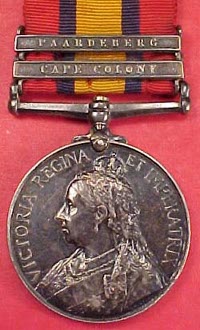 Boston Evening Transcript, 22 June 1900
Boston Evening Transcript, 22 June 1900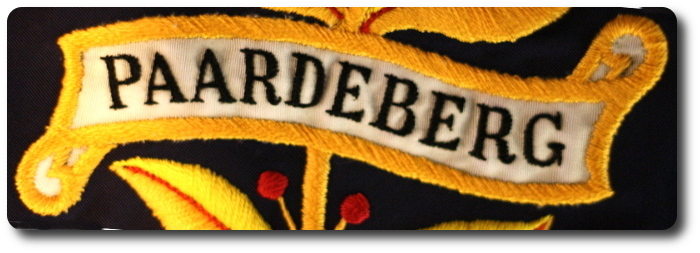
 Boer Commando Reduced to Desperate Straits Before They Would Give In
Boer Commando Reduced to Desperate Straits Before They Would Give In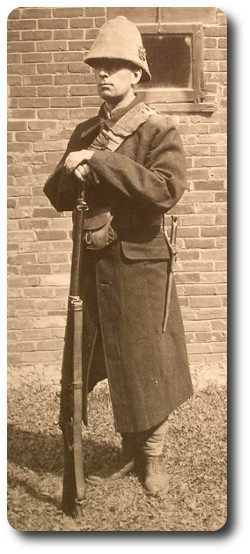 "Brigadier General MacDonald sent from his bed a note to Lord Roberts, reminding him that Tuesday was the anniversary of that disaster, which, we all remembered, he has by example, order and threat himself, done his best to avert, even while the panic had been at its heights; Sir Henry Colville submitted a suggested attack backed by the same unanswerable plea.
"Brigadier General MacDonald sent from his bed a note to Lord Roberts, reminding him that Tuesday was the anniversary of that disaster, which, we all remembered, he has by example, order and threat himself, done his best to avert, even while the panic had been at its heights; Sir Henry Colville submitted a suggested attack backed by the same unanswerable plea.
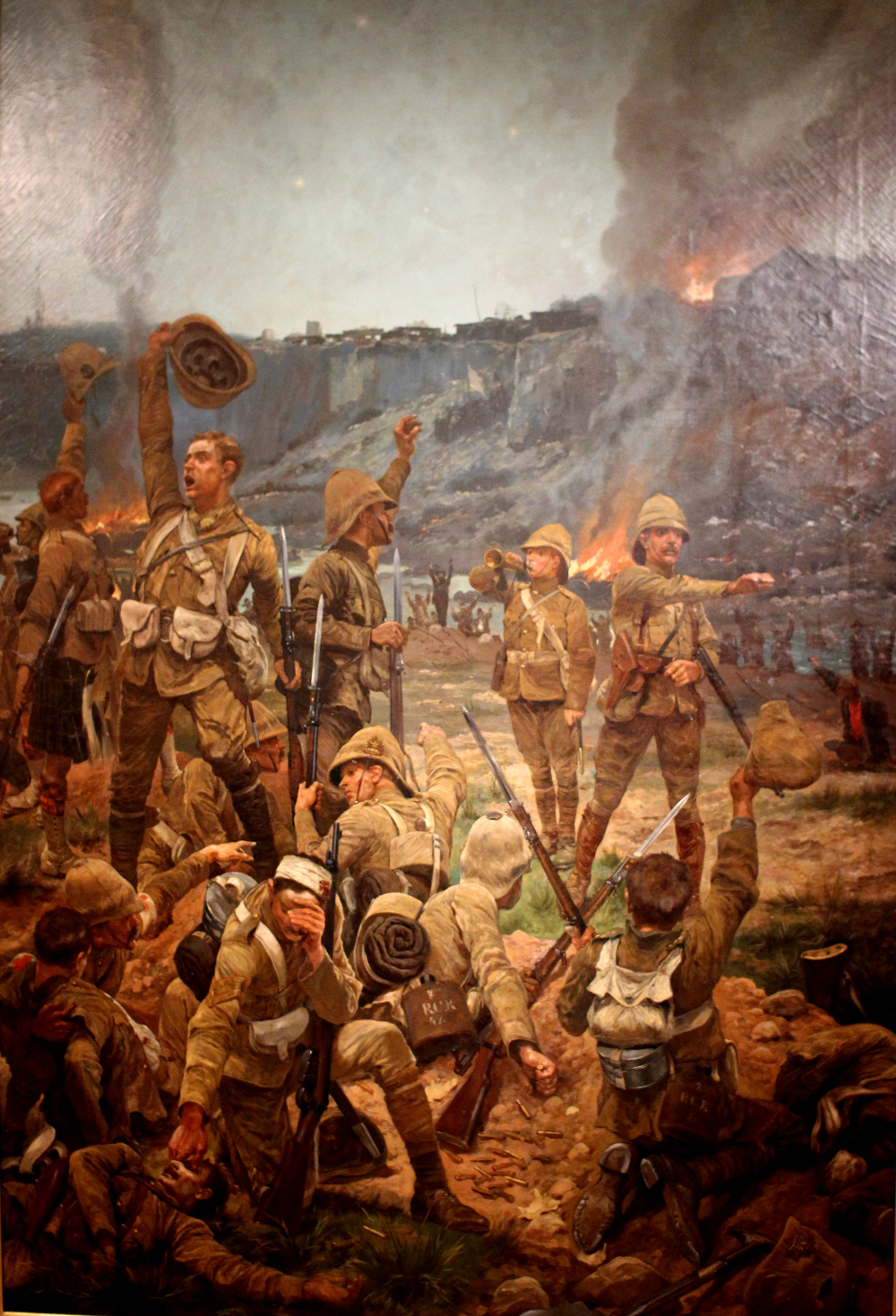
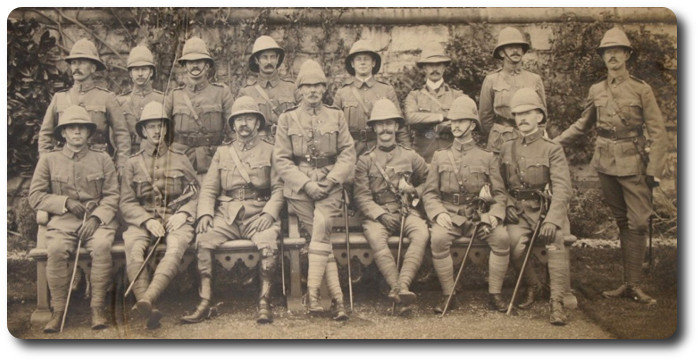


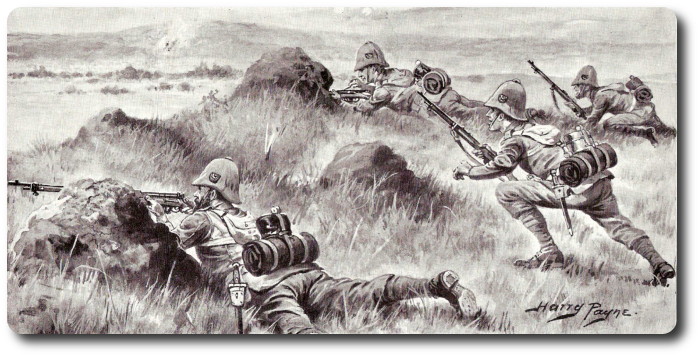
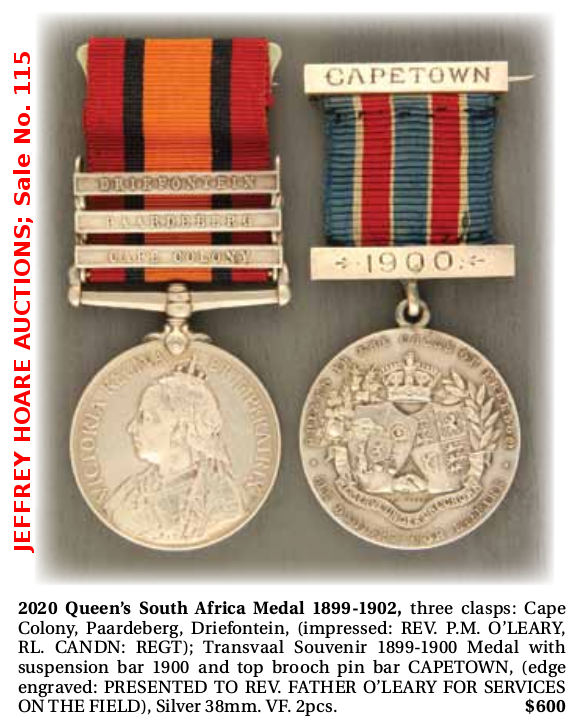
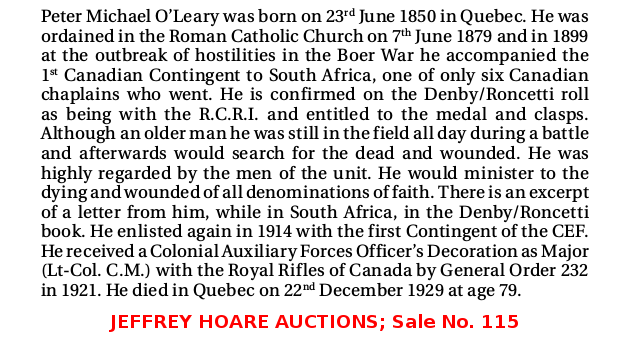
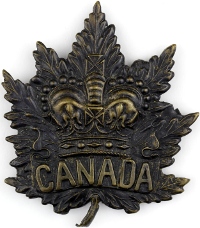 In immediate recognition of their feat [at
In immediate recognition of their feat [at 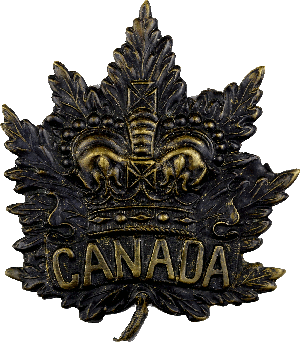 A soldier's medals are an interesting connection of the soldier to his (or her) period of service. Medals might be for a specific campaign, placing the soldier in time and place, they could be long service awards, for valour or meritorious service, or for commemorative purposes. Some medals show hard evidence of years of wear on parades, dutifully polished until finer details are removed, or even until most details are obliterated through that pride of service and a heavy polishing technique.
A soldier's medals are an interesting connection of the soldier to his (or her) period of service. Medals might be for a specific campaign, placing the soldier in time and place, they could be long service awards, for valour or meritorious service, or for commemorative purposes. Some medals show hard evidence of years of wear on parades, dutifully polished until finer details are removed, or even until most details are obliterated through that pride of service and a heavy polishing technique.